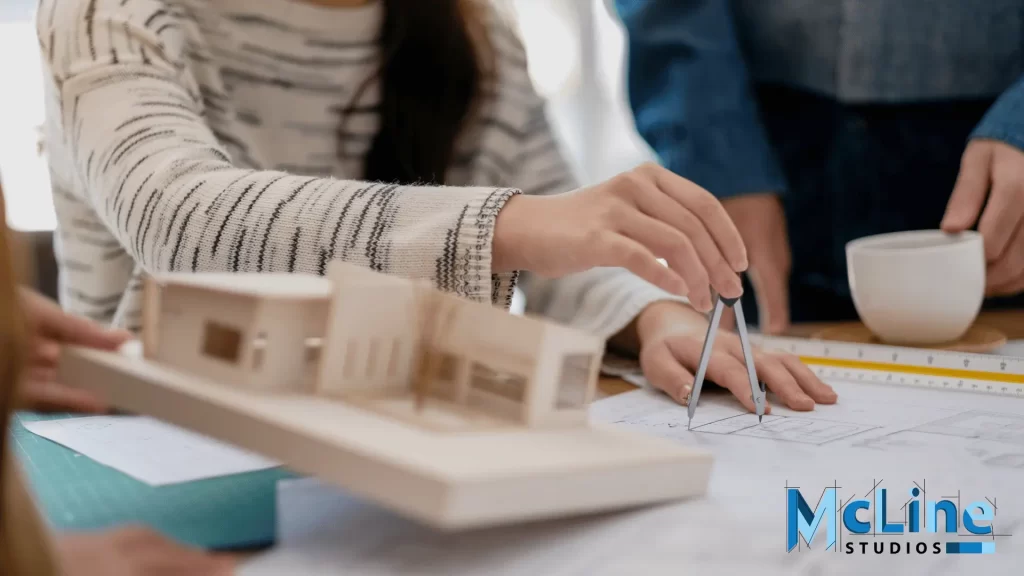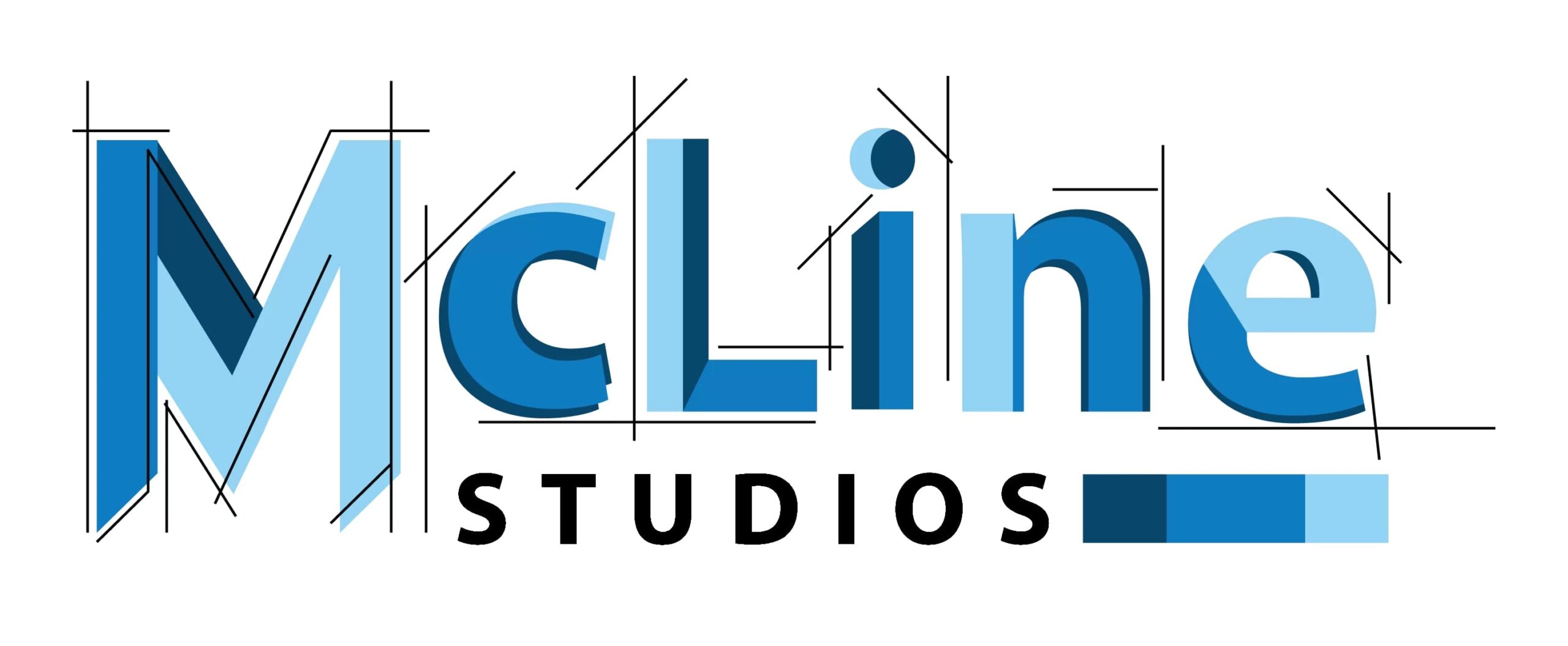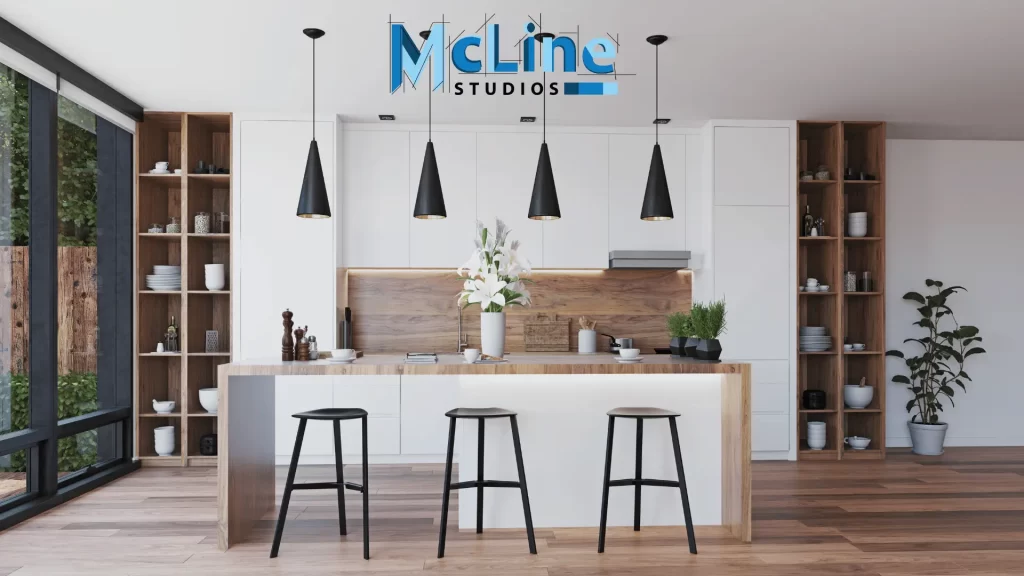In the world of kitchen design and construction, few elements are as critical as accurate and detailed kitchen shop drawings. These technical plans serve as the blueprints that guide the entire kitchen fabrication and installation process. Whether for a new residential kitchen or a commercial food service operation, comprehensive shop drawings are essential for ensuring a successful project.
At the core, kitchen shop drawings are a set of technical drawings that depict with precise measurements and specifications how the cabinets, countertops, appliances, and other kitchen components will be arranged and installed. They provide a map that cabinet makers, contractors, electricians, plumbers, and all other tradespeople can follow.
Developing kitchen shop drawings is an intricate process that requires an expert understanding of kitchen design principles, construction methods, product specifications, building codes, and project management. Every aspect, from the placement of cabinet boxes to the locations of electrical outlets, must be planned out in painstaking detail.
Let’s understand kitchen shop drawings in detail.
What Are Kitchen Shop Drawings?
Kitchen shop drawings are detailed technical documents that illustrate the design, layout, and specifications of a kitchen space. They serve as a blueprint for construction, guiding contractors, architects, and designers in accurately implementing the intended kitchen design.

These drawings typically include precise measurements, dimensions, materials, and assembly instructions for various kitchen components such as cabinets, countertops, appliances, plumbing fixtures, and electrical outlets.
They provide a comprehensive visual representation of how the kitchen will be organized and constructed, ensuring that all elements fit together seamlessly and meet the client’s requirements and preferences.
Kitchen shop drawings are essential for ensuring accuracy in fabrication and installation, helping to minimize errors and streamline the construction process.
Additionally, they serve as a communication tool between different stakeholders involved in the project, facilitating collaboration and coordination to achieve the desired outcome efficiently.
What Should Be Included In Kitchen Shop Drawings?
Kitchen shop drawings are comprehensive documents essential for guiding the fabrication and installation of kitchen components. These drawings typically include detailed information about the layout, dimensions, materials, and specifications of the kitchen design. Key elements to include are:
- Floor Plan: Show the layout of cabinets, appliances, sinks, and other fixtures in the kitchen space, including dimensions and clearances.
- Elevations: Provide vertical views of walls, cabinetry, and appliances, indicating heights, depths, and overall appearance.
- Sections: Illustrate vertical cuts through the kitchen to demonstrate construction details, such as cabinet construction, countertop support, and wall configurations.
- Details: Include close-up drawings of specific components or areas, such as cabinet joints, hardware placement, and specialized features like pull-out shelves or spice racks.
- Materials and Finishes: Specify the materials and finishes for cabinets, countertops, backsplashes, flooring, and other surfaces.
- Appliance and Fixture Specifications: List the make, model, and dimensions of appliances, sinks, faucets, and other fixtures to ensure proper fit and functionality.
- Electrical and Plumbing Plans: Show the location of electrical outlets, switches, lighting fixtures, and plumbing connections to facilitate installation.
- Notes and Annotations: Provide any necessary instructions, clarifications, or special requirements to ensure accurate implementation of the design.
These elements in kitchen shop drawings, designers, fabricators, and installers can effectively communicate the intended design and ensure the successful realization of the project.
Who Should Prepare Kitchen Shop Drawings?
Kitchen shop drawings should ideally be prepared by experienced professionals with expertise in kitchen design, architecture, or interior design.
These individuals possess the necessary knowledge and skills to accurately interpret architectural plans and specifications and translate them into detailed drawings that accurately depict the layout, dimensions, and specifications of the kitchen components.
Typically, kitchen shop drawings are prepared by architects, kitchen designers, drafters, or specialized CAD technicians. These professionals work closely with architects, contractors, and clients to ensure that the drawings meet the project requirements and comply with building codes and regulations.
Attention to detail is crucial in preparing kitchen shop drawings, as they serve as the blueprint for the fabrication and installation of kitchen cabinets, countertops, appliances, and other fixtures. Any inaccuracies or discrepancies in the drawings can result in costly errors and delays during construction.
Moreover, expertise in using computer-aided design (CAD) software is essential for creating precise and detailed shop drawings. Professionals with experience in kitchen design and CAD drafting can produce high-quality shop drawings that facilitate efficient communication and collaboration among all stakeholders involved in the construction process.




